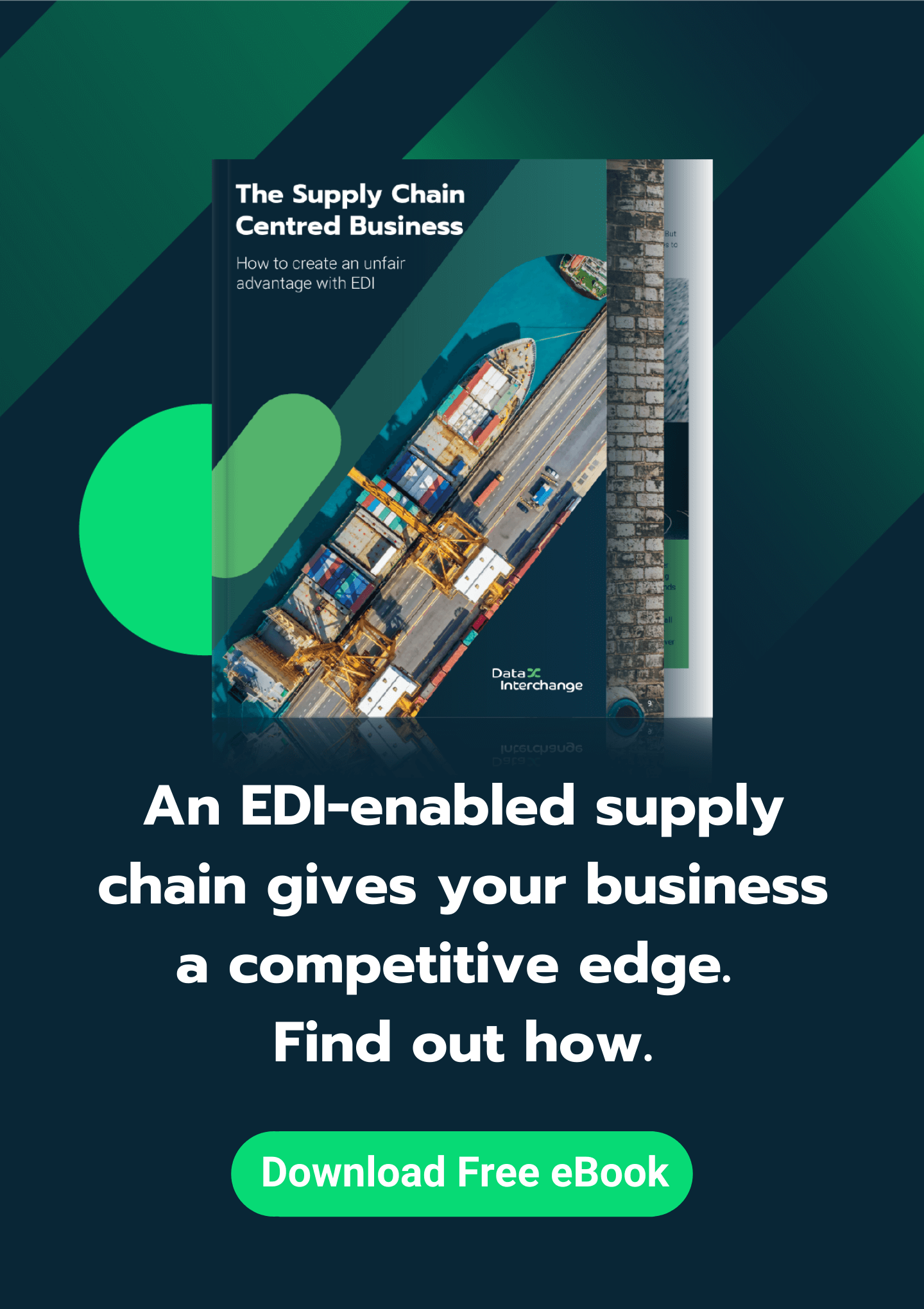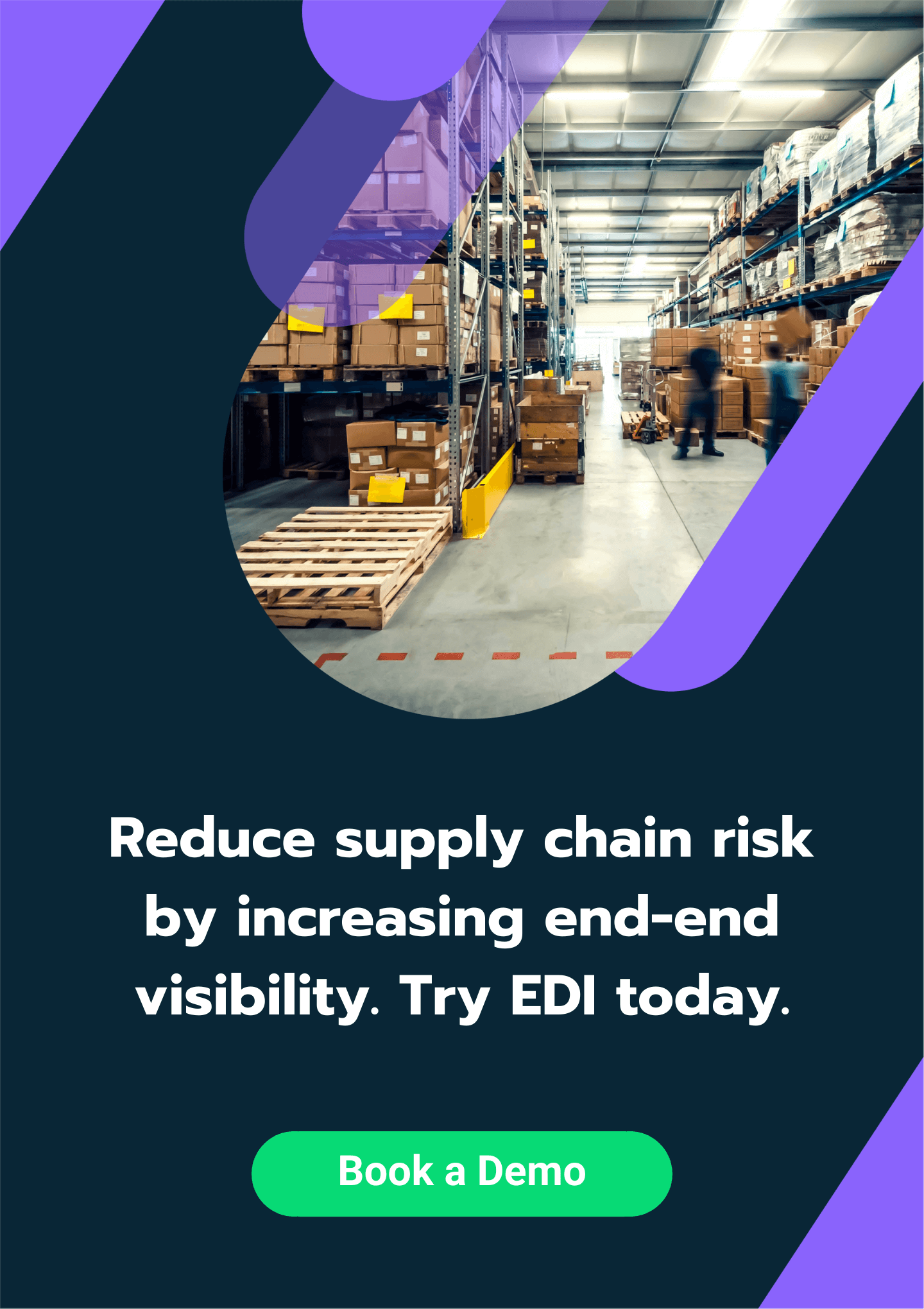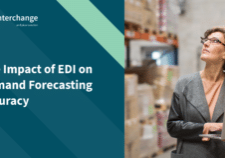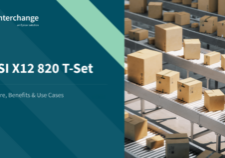Consolidating VAN providers
After the trying year of 2020, businesses across the globe have gone to great lengths to stay afloat. Many involved in global supply chains have had to examine every aspect of the running of their company. Those frequently overlooked ‘black boxes’ running in the corner of a room, or the services that were introduced to fix a supply chain problem in a hurry, but shortly forgotten about, are being brought to attention.
What is a Value Added Network (VAN)?
A VAN is essentially ‘managed EDI’. It started as a way of removing the burden and complexity of managing hundreds or even thousands of individual connections from companies. Getting data to and from businesses is mission critical, so as you would expect, the best way this can be achieved is a common question.
One of those supply chain “black boxes” that can be overlooked is EDI. But how do businesses end up with multiple VAN providers? Often these are legacy issues: individual corporate divisions, such as manufacturing and finance, may have gone down very different paths in days when VANs were highly specialised around one function or industry. Additional VANs may have been acquired through corporate mergers and the idea of integrating everything onto a single platform just seems too immense a task.
In this article we will address the common issues of having multiple Value Added Network providers.
Status of supplier networks
Since the pandemic hit, supply chains have been under grave pressure to perform, some have even switched what they manufacture to remain viable. During this period, having reliable suppliers across the business network has been essential. Some suppliers will have gone bust, others not lived up to expectations, while some businesses will have had to bring onboard new suppliers to fulfil new manufacturing requirements, resulting in an assessment and consolidation of their supplier network. Leaving a smaller but stronger supplier network, ready to strive forward in the “new normal”.
Businesses can also reduce a layer of risk and complexity within their supply chain by applying this assessment to their EDI & VAN suppliers. Evaluating what value they provide and thus, consolidating to one reliable service provider to deliver EDI.
Service providers are becoming ever increasingly popular. Businesses are choosing to outsource specific aspects to experts in the field. For example, ‘The global managed services market size was valued at USD 174.98 billion in 2018 and is expected to register a CAGR of 11.7% from 2019 to 2025.’ This growth rate of Managed Services is due to businesses choosing to focus their resources on the most important priorities.
Downsides to using multiple VAN providers

The risks associated with multiple VAN providers
Some companies trade and interact through direct EDI very successfully, also known as point-to-point, without ever going near a VAN (Value Added Network) provider. Others find themselves with multiple service providers, without good reason. Can either of these approaches really be appropriate and sustainable? However, some businesses naturally choose a single VAN provider, below we outline some of the issues that contribute to this decision:
Suggested reading: Different types of EDI compared.
Longer time to resolution
With a setup of multiple VAN providers, you will have duplicates of a lot of functions. To name a few:
- Support desks/contacts/phone numbers
- Web portals
- Reports
- Service/SLA reviews
With all these duplicated functions comes complexity and more for your internal resource to manage. If you are faced with an issue, say with an order document, it will take you longer to identify where the issue originated, due to the added complexity in your set up. Your internal resource will need to log into each web portal (using different user interfaces) for each VAN provider and see if they can find the issue.
If not, they will need to ring round, or create tickets with each VAN providers support team. After this, they will need to chase and keep on top of each ticket until the origin of the issue is discovered. Once this has been found, a resolution can be worked on. Why not just work with one VAN provider? It can get your issues resolved much quicker!
Costs
Having multiple VAN providers means needing support for each, and this is clearly a duplication of a cost which could be much smaller if wrapped up with one provider. Furthermore, it is not just the upfront cost from the providers but the cost of wasted time in terms of your internal resource. Take, for example, reporting. Rather than being able to set up a report or dashboard to report from within a web portal, there are several dashboards or reports to work from. But the business needs to see the full overview of trading documents and stats. This takes your internal resource time to merge into one overarching report.
Why pay two or three sets of fees for very similar services? We rarely, nowadays, have multiple mobile phone accounts to access services or apps, why not take this kind of thinking into the world of business. Firms should be thinking of gaining economies of scale on pricing:
• Lowering internal costs because there are fewer contracts to monitor and manage.
• Having just one contact point if a problem arises (and not having the confusion of which vendor may be the cause of the problem).
• Redirecting staff to more gainful activities.
• Having a larger amount of traffic going through one VAN gives you more leverage.
Suggested reading: To find out what other costs you could be facing read our article – The impact of failed EDI on supply chain.
Third-party risk
Using multiple VAN providers increases your third-party risk. Not only are you opening the risk to those directly serving you, but those who also serve your providers. This increases your risk dramatically. In addition, it is adding complexity to the overall engine that runs your business. This increases the time it takes to get things done, squandering your efficiency.
Ultimately businesses outsource to transfer the ownership onto experts in certain fields. While this has its benefits, it is good to understand how your provider operates. How many third parties do they work with? At the end of the day, you have given the control to someone else, however, do you know if they are the ones who have full authority across their whole offering?
To reduce your third-party risk, you will need to ‘vet’ your potential VAN provider to ensure they are in control. Here are some questions to consider asking:
- Is the VAN they are offering you their own? If not, whose?
- Is the support they offer run by them? If not, who?
- What is their company structure, in terms of; have they acquired any other businesses recently? Or in the past? If so, how do they work together? (This can mean clunky processes or gaps, which means things can get missed, lost, or take longer to sort.)
The VAN provider consolidation process
Now we have looked at some of the associated risks, what, then, to make of companies who have a raft of different VAN providers? A competent VAN provider can transfer all your existing links, protocols, and formats without any discernible disruption to service and the benefits are great! But first, let’s see what the VAN consolidation process looks like:
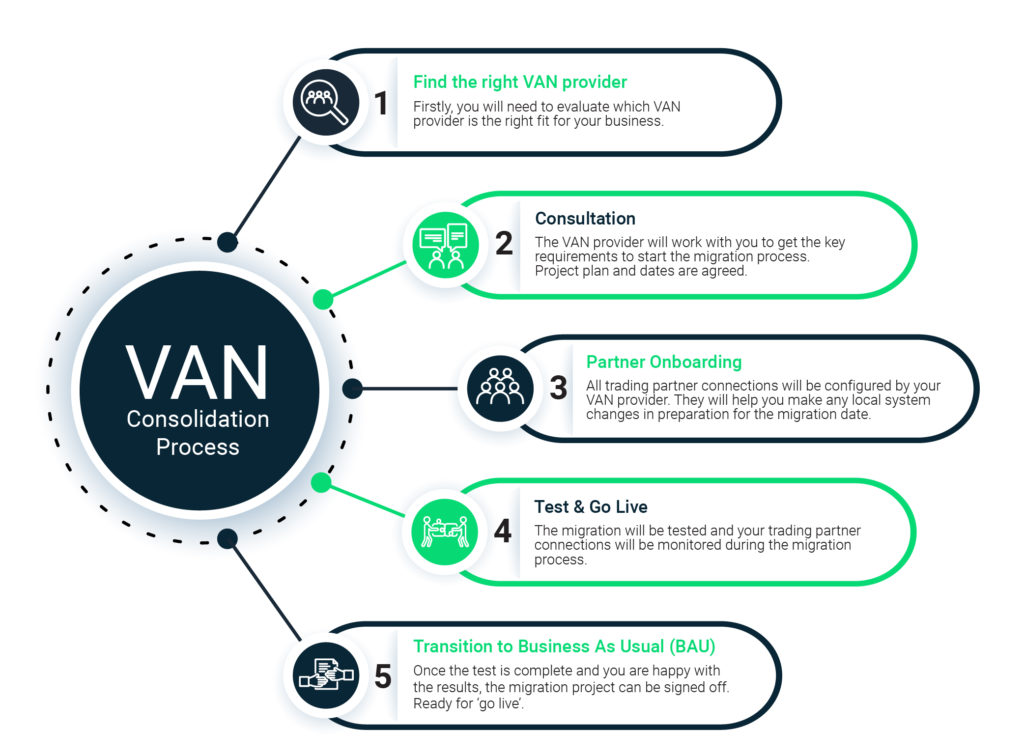
Benefits of 1 VAN provider

Greater control
You do not get the support run-around; you have one contact point.

Risk mitigation
Fewer service providers reduce the complexity of the set up and therefore minimises the risk of issues occurring.

One stop shop
One provider can deliver the whole service needed which enables the business to focus on other activities.

Problem Attribution
It will be easier to isolate problems if you do have one, and therefore be resolved faster.

Improved provider relations
You will only need to manage one supplier which means you can build a stronger relationship with them, which in turn makes business in general a lot smoother. The VAN provider will become an extension of your business.

Cost Savings
Having all your files/documents set through one VAN will be valuable to your VAN provider, therefore you will have more leverage to negotiate a good deal on your service.

Improved Reporting
One familiar interface for your team to use which contains all the information you need for reporting, saving you time and allowing you to make faster business decisions.

Time savings
Overall, a lot of time is saved by your team by improving the above. Less time is spent on issues if there are any. Reporting is quicker, accessing the correct support team is faster and less time is spent liaising with externals.
What to look for in your VAN provider
A Value Added Network service provider should be willing to be upfront about performance and reliability issues, sadly, too many hide behind the technological mystique. There is indeed a lot of arcane knowledge involved, but that should not prevent a competent VAN provider from giving its customers true and understandable reports on service, cost, volumes, and reliability.
Pro tip: Check out the Top ten things to look for in your EDI managed service provider to help you choose the right VAN provider who can future-proof your business.
Remember that all your data will be running through your chosen, single VAN provider. Thus, leaving your company only to decide on a solution that is better value, more reliable, future-proof, less risky and easier to manage.
Whether you proudly run your own EDI, or are submerged in a morass of competing contracts, we suggest building a long-term relationship with a single VAN provider. Not just any provider, of course, but one that can offer clarity of pricing across all EDI services, high levels of technical support and genuine experience, not just in your industry, but in the various functions of your business that use EDI.


